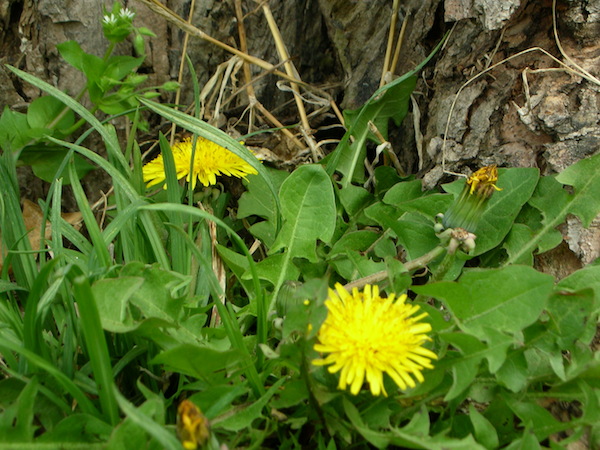50% Off First Application¹
Call 1-855-940-1479
and connect with a TruGreen consultant
Different Grass Weeds and How to Keep the Under Control
There is no problem more frustrating in otherwise healthy grass than weeds. These invasive plants cause all sorts of problems, and each year farmers accumulate thousands of dollars worth of loss due to many of the same weeds that you see in your grass. Weeds don’t have to be a problem in your lawn, and by learning about how to fight some of the most common types of weeds, you can stop worrying about these plants causing damage or frustration in your yard.
Preventing weeds
Many weeds will not become a problem in lawns that are receiving the correct care. Learning about the regional conditions in your area, and the best lawn practices for the type of grass planted in your yard, is one of the most powerful ways to put an end to the damage caused by various types of grass weeds. Regular fertilization, irrigation, pH testing and a lawn maintenance schedule that includes regular mowing and dethatching are essential steps to a weed free lawn.

If you still experience weeds following these practices, you’ll need to figure out the best way to target the problems that you’re facing. Familiarize yourself with the most common weed threats in your area, and the best way to remedy each one. By being able to identify the invasive species in your lawn you can easily determine the best way to remove them. Here are some of the most common weeds throughout the country:
- Bermudagrass is an especially tricky weed to control. If left untreated this weed can overtake your lawn. Bermudagrass can be spotted by its wiry texture and both above and belowground shoots. The most effective way to get rid of this weed is to apply selective herbicides in your lawn. Pre-emergent treatments can also be used to get rid of this troublesome species.
- Crabgrass is one of the number 1 lawn weeds in the United States. In some settings crabgrass is actually planted intentionally, but more commonly it finds its way into your lawn and then slowly starts to take over. By the time crabgrass begins to sprout it is already a serious issue, and if you’re seeing it you have missed the opportunity to eliminate it using pre-emergent herbicides. Crabgrass is such a stubborn weed that you may find you need to seek professional help with its removal.
- Clover is the source of some debate among homeowners, but by definition it is one of the many types of grass weeds found in lawns across the country. Unlike most weeds, clover can have positive effects on your grass – removing it could cause more damage than simply leaving it alone. Clover acts as a natural fertilizer by adding nitrogen to your soil, but it also tends to spread quickly and can eventually cover much of your lawn. Give these matters some thought before deciding to remove clover from your yard.
- Dandelions are a very recognizable weed that are present in most warmer states in the US. These flowers are commonly eaten in many parts of the world, but in America they are usually viewed solely as a nuisance to grass. Weeds like dandelions do not require pollination for their seeds to be spread, so the chance of your lawn being overrun by this weed is very high. If dandelions are causing problems in your lawn you can attempt to remove them manually, but contacting a grass weed removal expert is the most effective approach.
- Ragweed is not only a common lawn weed, its also an allergen. If this becomes a problem in your yard you’ll know it by the sneezing and itching that it causes in those that are subject to allergies. Thankfully, removing ragweed by hand is an effective way of battling this problem plant.

TruGreen will gladly visit your property as often as needed between scheduled visits to make any necessary adjustments and to ensure your satisfaction.
Getting Started with TruGreen
- Call or fill out the form above to reach a lawn care specialist.
- Know the square footage of your yard, as well as any specific areas of concern.
- With the help of your specialist, create a customized lawn care plan that meets your lawn’s needs.
- Schedule your Healthy Lawn Analysis2 to start your service.
